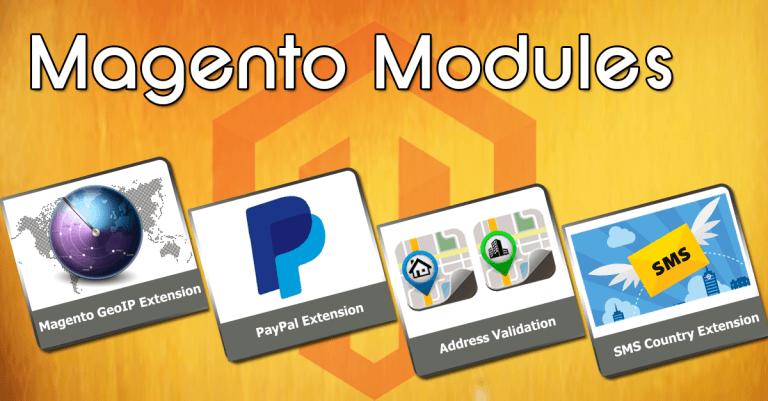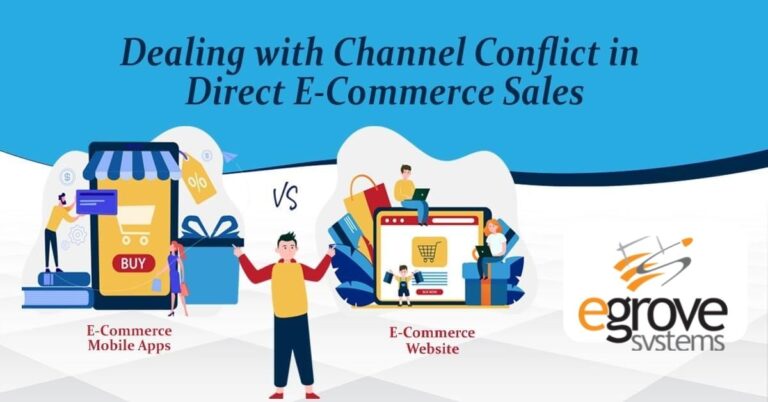An eCommerce site is a must for every business owner. It’s a digital system that enables people to process transactions across different channels. Now, if you have an Ecommerce site, it’s important to integrate it with your retail POS to get a clear picture of your business.
Besides, you can’t enter the details of each transaction manually from one system to another. That’s why people integrate these two systems to streamline their management operations and ensure smooth and fast transactions. In this post, we will tell you the 6 easy steps for integrating your POS and eCommerce site. Let’s take a look:
- Evaluate Your POS
Before you consider POS integration, it’s important to ask a few questions to evaluate the condition of your retail POS system. For example, should you start from scratch, and do you have an existing website that has all the eCommerce components.
eCommerce integration with your POS doesn’t work if you have an outdated system. Fortunately, you can choose from cloud-based POS options if you want seamless integration between the retail point-of-sale system and your eCommerce store. For those starting from scratch, the POS integration with eCommerce is fairly easy, as you don’t have to transfer the inventory and other historical data between systems.
- Understand Your Requirements
It’s equally important to see how your POS unit integrates with the Ecommerce system on the backend. Check how the system integrates with inventory management and customer management. You also need to consider returns and exchanges and other hardware requirements for seamless integration between POS and eCommerce sites.
Read also: 5 Reasons To Choose Python For Ecommerce Development
- Ask Questions
When hiring a POS integration company, you need to ask the following questions to the service provider:
- What information will be shared between my POS and eCommerce site? How does this integration work exactly?
- Will the information between the two units be updated and transferred in real-time?
- Is the POS system compatible with other management software systems?
- Do I have to pay any extra fee?
- How much will the eCommerce and POS integration cost?
- Setting Up POS and Online Store
Once you have selected the POS unit, the next step is to set it up. Mostly, the service provider will set up the POS system for you and have it integrated with the online store. However, some companies do not provide this service. You may have to set up your POS and online store yourself. If it’s a self-service task, you may need to do it manually.
- Work on Product Images and Descriptions
Product descriptions and images matter a lot to your customers. After all, their purchase decision is based on how you present these products to them. You may need to tweak these product descriptions to ensure that everyone understands what you have written and what product it is. Web-quality product image is another thing for customer conversion. Your audience relies on the product description and images to know the features of your product. A bad product description can have a negative impact on your customers.
- Optimizing for Improvement
Your journey doesn’t stop at setting up the retail POS system and your online store. You need routine checks to ensure that your store management operations are running smoothly. You don’t want your customers to complain about the issues they are facing in your Ecommerce store due to poor integration. So, it is important to conduct routine checking to see if everything is working fine.
These were the steps for seamless and effective POS integration. So, why wait? Hire professionals to ensure seamless integration between your POS and eCommerce site.







